Crafting vibrant Mexican sweet bread is a delightful journey into the heart of Latin culinary traditions, offering a unique blend of flavors, textures, and cultural significance. From the iconic conchas to the charming bocinitos, Mexican sweet breads are celebrated for their rich, buttery taste and soft, chewy interiors. Whether you’re a seasoned baker or new to the craft, mastering the art of creating vibrant Mexican sweet bread can elevate your kitchen skills and introduce your family to a world of delicious possibilities. This guide delves into the essential ingredients, expert baking techniques, and variety of types, ensuring you find the perfect method to achieve your desired results. Discover how to select the right flour, troubleshoot common baking mistakes, and explore the secrets to creating light and fluffy conchas that will impress anyone who tries them. With this comprehensive approach, you’ll be well-equipped to craft Mexican sweet bread that’s as vibrant and flavorful as the culture itself.
Key Takeaways
- Choose the Right Flour: Select between bread flour for structure and all-purpose flour for versatility, adjusting liquid content as needed.
- Optimize Temperature: Maintain a warm kitchen environment (at least 70°F) to activate yeast effectively.
- Enhance Texture: Achieve a lighter concha by combining flours, using unsalted butter, and adding baking powder.
- Proper Dough Handling: Fold dough gently and allow it to rest to ensure a fluffy texture.
- Fix Dense Conchas: Use bread flour, monitor dough temperature, avoid overmixing, and bake at the right internal temperature.
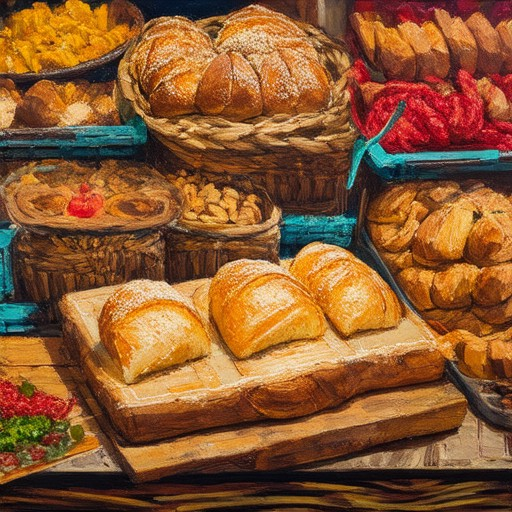
- Flour – All-purpose flour is the base ingredient used to create the dough.
- Sugar – A combination of granulated sugar and brown sugar adds sweetness and depth to the flavor.
- Eggs – Two eggs are typically used to give the dough structure and richness.
- Butter – Unsalted butter is melted and incorporated into the dough for moisture and flavor.
- Milk – Whole milk is added to the dough to enhance the texture and moisture content.
- Baking Powder – This leavening agent helps the bread rise.
- Salt – A pinch of salt is used to balance the sweetness and enhance the overall flavor.
- Optional: Vanilla Extract – Can be added for extra flavor.
- Optional: Egg Yolk – Sometimes included for a richer texture.
- Optional: Orange Zest – Adds a citrusy note to the bread.
- Optional: Melted Butter – Can be substituted for part of the butter for a softer texture.
- Optional: Cinnamon or Nutmeg – A pinch of these spices can be added to the dough for a seasonal twist.
How to Make Sweet Bread More Moist
To achieve a moist and delicious sweet bread, consider these expert tips and techniques:
- Ingredients Matter :
- Milk : Incorporate full-fat milk to enhance moisture and flavor through its natural fats and sugars.
- Eggs : Add eggs to provide structure and trap moisture, preventing the bread from drying out.
- Vegetable Oil : Use vegetable oil to keep the crumb soft and prevent a dense texture.
- Butter : Mix in a little butter for added tenderness and richness.
- Sourdough Starter : Consider using a sourdough starter for its lactic acid, which helps retain moisture during fermentation.
- Techniques :
- Mix Wet and Dry Ingredients Separately : This ensures even distribution of ingredients, promoting a moist result.
- Proof Dough Properly : Allow dough to rise in a warm environment to activate yeast and develop flavor and structure.
- Bake at Optimal Temperature : Use a moderate temperature to avoid over-browning, which can lead to dryness.
- Cool Before Storing : Store baked bread in an airtight container or wrap it in plastic wrap to prevent staling.
- Dough Composition :
- Brioche Dough : Use a brioche dough technique for a softer, moister texture due to higher fat content.
- Baking Tips :
- Use a Baking Sheet or Tray : Place dough on a baking sheet or tray to catch any melted butter or fat, preventing the bottom from drying out.
By following these steps and tips, you can bake sweet bread that is perfectly moist and flavorful.
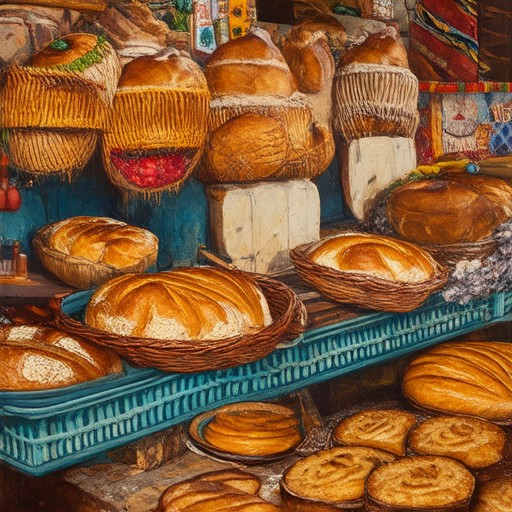
What is the most popular Mexican sweet bread?
The most popular Mexican sweet bread is Conchas , known for their shell-shaped appearance resembling the seashell or concha. These sweet rolls are a staple in Mexican bakeries and are recognized for their soft texture and buttery flavor.
Types of Mexican Sweet Bread
- Conchas : A fan-favorite due to their unique shape and rich taste.
- Pan de Muerto : Traditionally made during Día de los Muertos, featuring a skull-shaped design and covered in sugar.
- Bolillos : A type of small, round sweet bread often enjoyed with coffee or as a snack.
- Rosca : Another popular variety, known for its ring-like shape and sweet icing.
Competitors and Varieties
While Conchas dominate the market, other notable varieties include:- Cuernos de leche : Literally “milk horns,” these are large, sweetened breads shaped like horns.- Pan de Elote : A corn-based bread that’s slightly sweet and often flavored with cinnamon.
For those looking to explore authentic Mexican flavors, Panito Mole offers a variety of traditional pan dulce recipes and mole-inspired dishes. Check out our Pan Dulce Recipes and Mole Recipes collections for a deeper dive into Mexican cuisine.
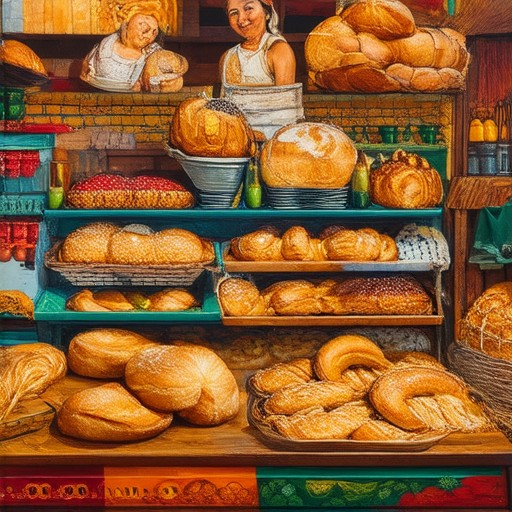
Best Flour for Conchas
For the perfect concha, the choice of flour plays a crucial role in achieving the desired texture and taste. Here’s a breakdown of the best options:
- Bread Flour : Known for its high gluten content, bread flour is ideal for conchas as it provides the necessary structure and chewiness. Its strong gluten helps the dough rise nicely without becoming too dense.
- All-Purpose Flour : A versatile option, all-purpose flour works well for conchas due to its balanced gluten content. It offers a good mix of elasticity and strength, making it a popular choice for many bakers.
- AP (All-Purpose) Flour : Widely used in various baking applications, AP flour is a go-to for conchas. It provides a soft yet sturdy texture, ensuring the conchas hold their shape without being too heavy.
When working with these flours, it’s important to adjust the liquid content slightly. Bread flour may require a touch less liquid for a firmer dough, while AP flour can handle a bit more to achieve a softer texture. Experimentation is key to finding your preferred consistency.
If you’re looking to elevate your concha game, check out our flour blending guide for tips on creating the perfect dough. And don’t forget to explore our concha recipe for step-by-step instructions to get started!
How to Make Conchas More Airy
To achieve lighter and fluffier conchas, follow these expert tips:
- Temperature Control :
- Ensure your kitchen is at least 70°F (20°C) for optimal yeast activity. If your room is cooler, consider using a proofing box or placing dough near a warm appliance like a running oven light.
- Flour Combination :
- Mix all-purpose flour with cake flour for a lighter texture. Adjust liquid by 1-2 tablespoons for every cup of cake flour used.
- Fat Substitution :
- Replace some shortening with unsalted butter for a softer interior texture. Melt butter slightly before mixing.
- Leavening Agent :
- Add ½ teaspoon baking powder per batch to enhance rise without overusing yeast.
- Dough Handling :
- Fold dough gently when shaping, avoiding excessive kneading to preserve airiness.
- Rest After Shaping :
- Allow dough to rest 10-15 minutes after dividing and shaping to relax gluten structures.
- Storage Tips :
- Keep baked conchas in an airtight container at room temperature for up to 2 days. Reheat briefly in microwave if needed.
- Initial Fermentation :
- Activate yeast with warm water and sugar before incorporating into dough for stronger initial rise.
By implementing these techniques, you’ll achieve conchas with a lighter, more airy texture perfect for enjoying fresh or repurposing in recipes.
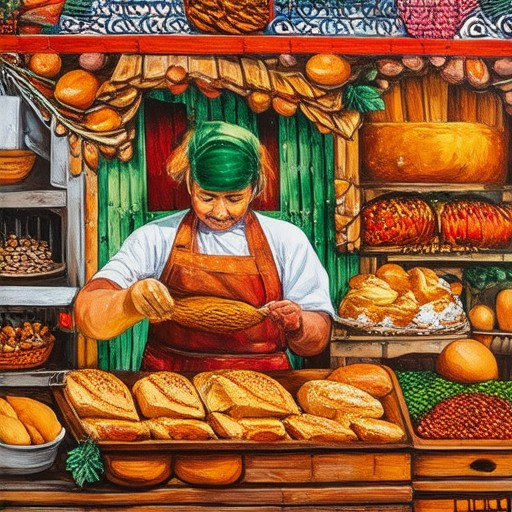
Understanding Why Your Conchas Are Dense
Your conchas may be appearing dense due to several factors affecting the texture and rise of the dough. Here are the key reasons and solutions:
- Flour Type: Using all-purpose flour instead of bread flour can lead to a denser texture. Ensure you use bread flour for better gluten development.
- Dough Temperature: Cold dough can hinder yeast activity. Make sure your dough mixture is at room temperature before baking.
- Mixing Technique: Overmixing or undermixing the dough can affect its elasticity. Use the windowpane test to check dough consistency: press dough against a warm surface; if it bounces back quickly, it’s overmixed.
- Resting Time: Insufficient resting time after mixing can prevent gluten development. Allow the dough to rest at room temperature for optimal rise.
- Baking Temperature: Baking at too high a temperature or for too long can result in a hard crust. Use a thermometer to ensure internal temperature reaches 190°F (87°C) for softer crumb.
- Fat Content: Incorrect amounts of fat can alter texture. Measure ingredients precisely to maintain consistency.
- Dough Handling: Overworking the dough during shaping can lead to a dense texture. Knead gently and avoid excessive manipulation.
To achieve lighter conchas, adjust your recipe and technique accordingly, focusing on proper dough preparation and baking techniques. Happy baking!
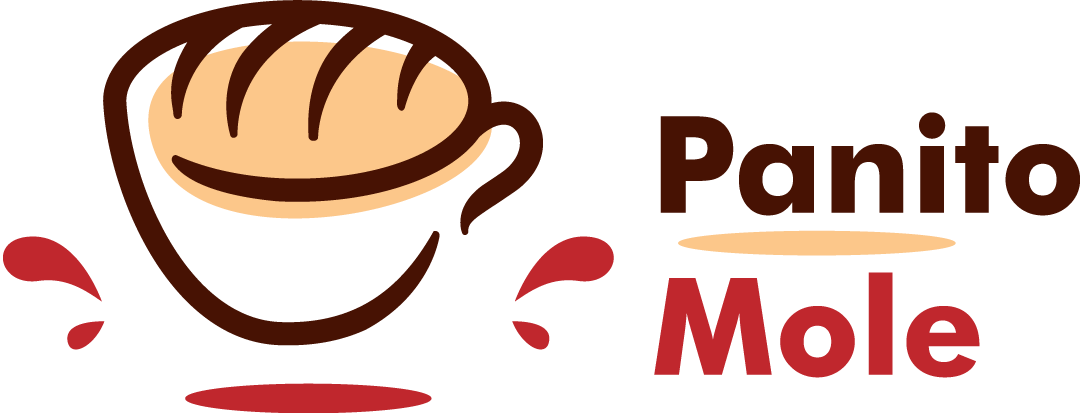
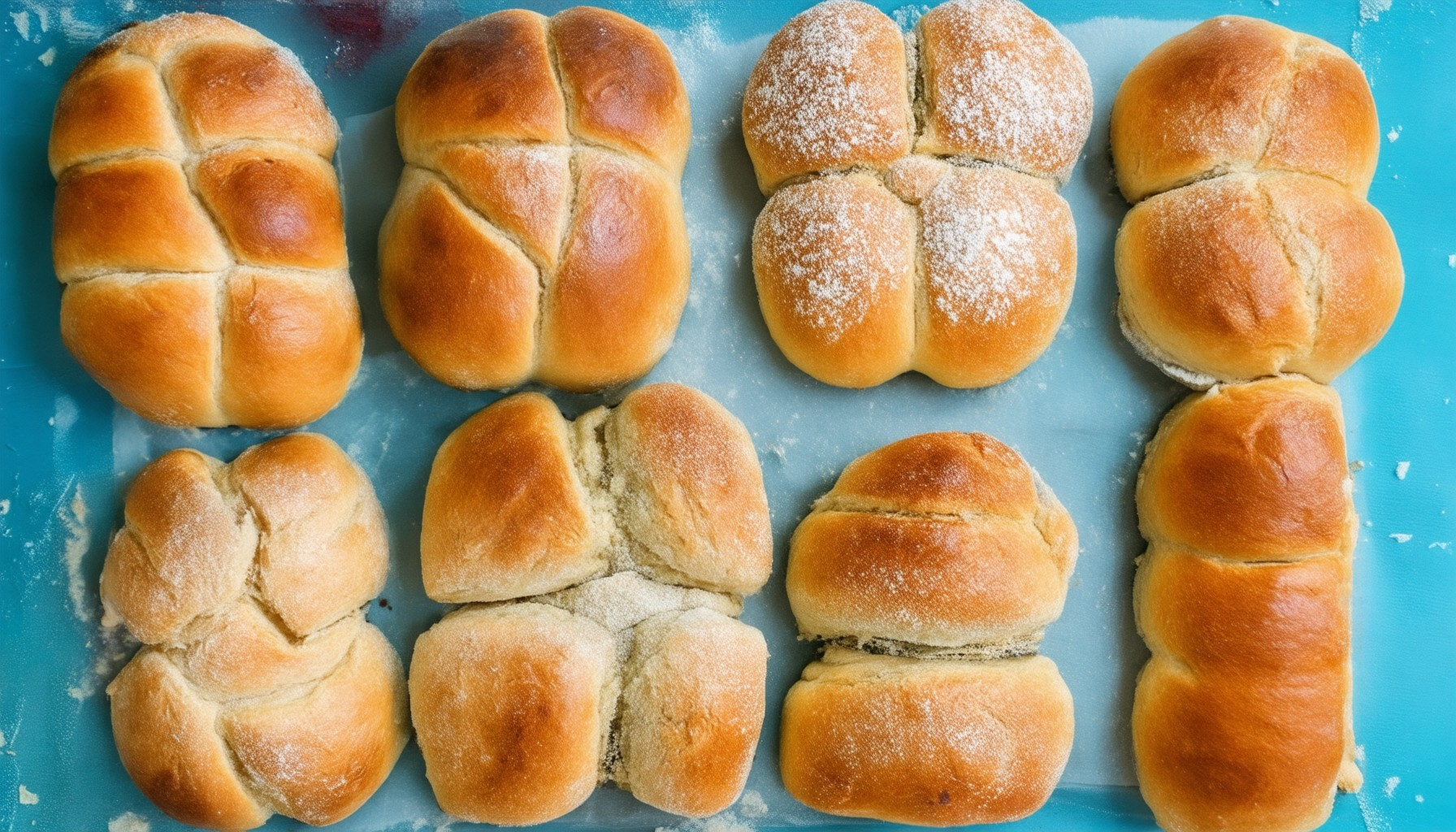
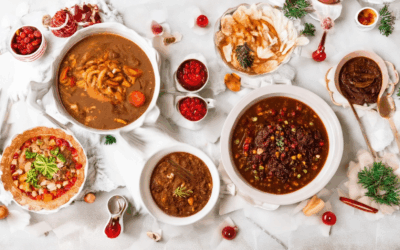
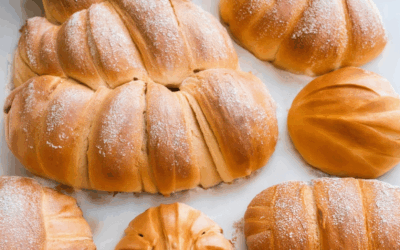
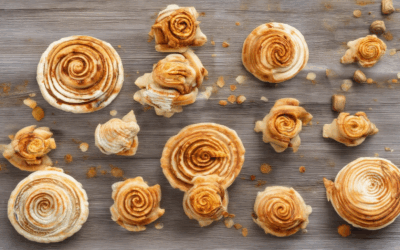
0 Comments